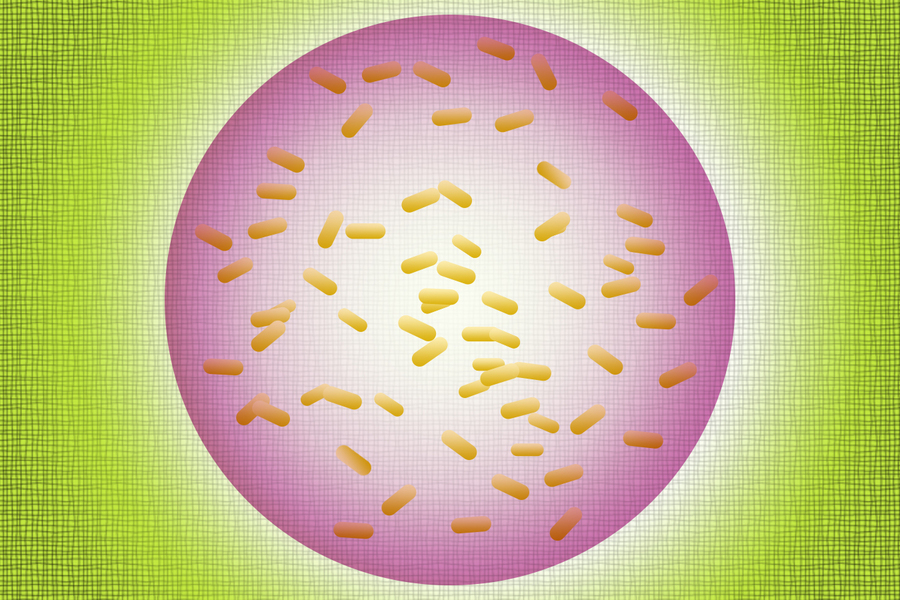A safer way to deploy bacteria as environmental sensors
7. 4. 2021 | MIT | www.mit.edu
In recent years, scientists have developed many strains of engineered bacteria that can be used as sensors to detect environmental contaminants such as heavy metals. If deployed in the natural environment, these sensors could help scientists track how pollutant levels change over time, over a wide geographic area.
MIT engineers have now devised a way to make this kind of deployment safer, by encasing bacterial sensors in a tough hydrogel shell that prevents them from escaping into the environment and potentially spreading modified genes to other organisms. Scientists showed that they could embed E. coli into hydrogel spheres, allowing them to detect the contaminants they’re looking for while remaining isolated from other organisms. The shells also help to protect the sensors from environmental damage.

The genetic circuits that go into these bacteria often include genes for antibiotic resistance, which enables the researchers to ensure that their genetic circuit has been correctly inserted into the bacterial cells. However, those genes could be harmful if released into the environment. To try to prevent this kind of gene exchange, researchers have used a strategy called “chemical containment,” which involves designing the bacterial sensors so they require an artificial molecule that they can’t get in the wild.
Read more at MIT
Image Credit: Christine Daniloff, MIT
-jk-




